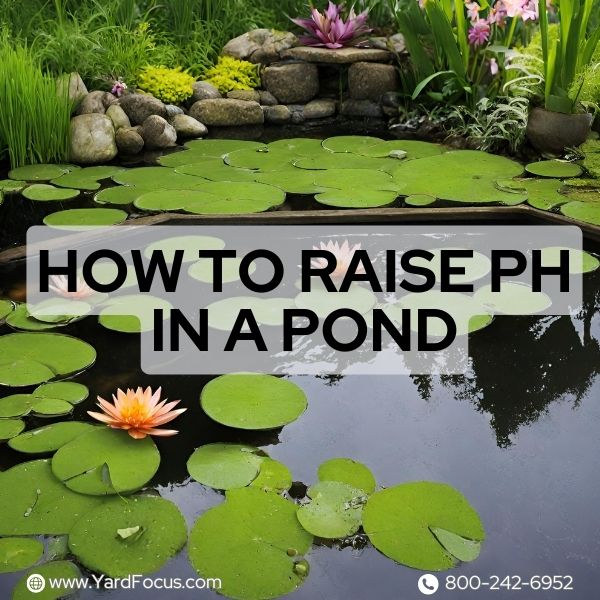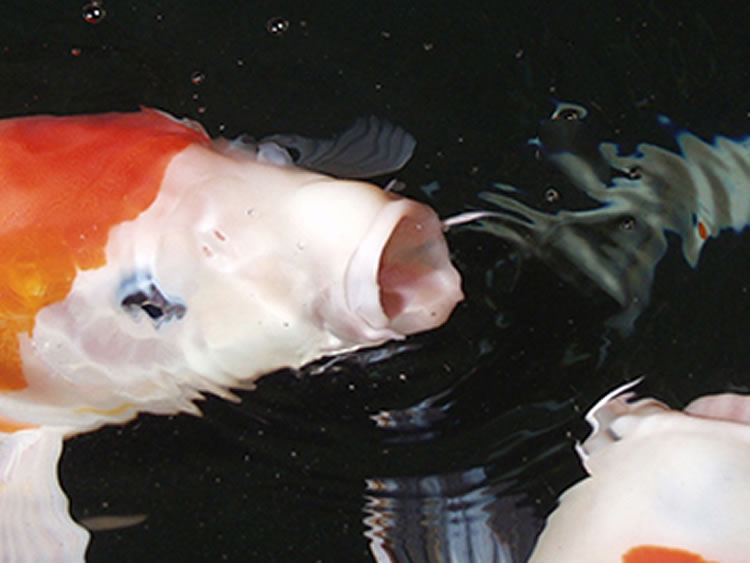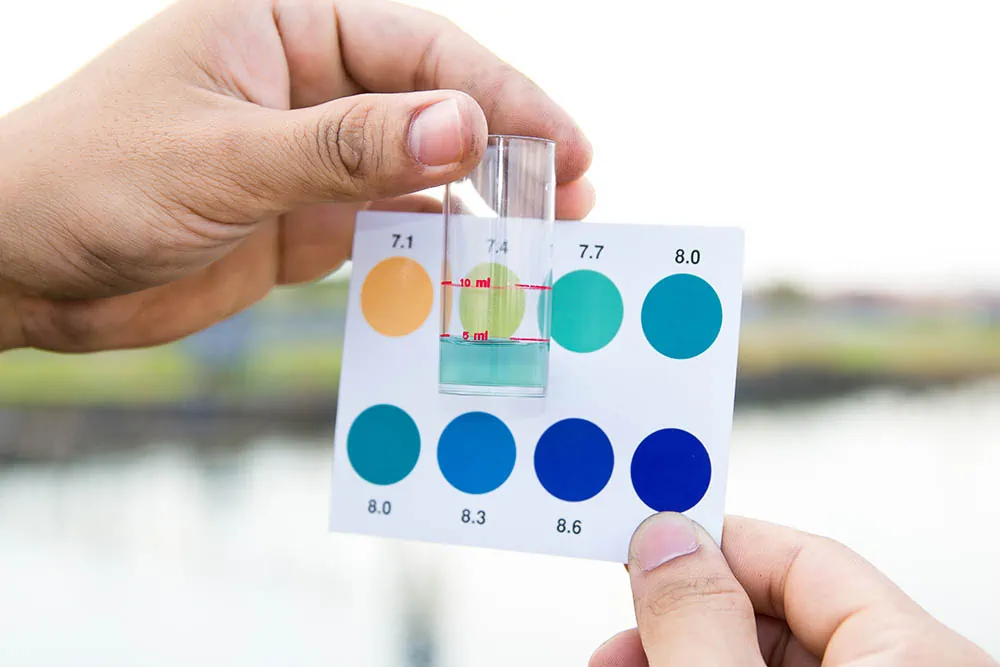Are you a pond owner struggling with low pH levels in your pond water? Maintaining the right pH balance in your pond is crucial for the health and well-being of your aquatic plants and fish. If you’ve tested your pond water and found that the pH levels are too low, don’t worry! There are several effective methods you can use to raise the pH in your pond and create a more suitable environment for your aquatic ecosystem.
What is pH and Why is it Important?
pH is a measure of how acidic or basic a solution is, ranging from 0 to 14. A pH of 7 is considered neutral, while anything below 7 is acidic and anything above 7 is basic. In a pond, the ideal pH level for most aquatic plants and fish is typically between 6.5 and 8.5. When the pH levels drop below this range, it can have negative effects on the health of your pond ecosystem.
Methods to Raise pH in a Pond
Here are some effective methods you can use to raise the pH in your pond:
1. Use Baking Soda
Baking soda, also known as sodium bicarbonate, is a common household product that can help raise the pH in your pond. To use baking soda, first, dissolve it in a bucket of pond water and then slowly pour the solution into the pond while stirring. Monitor the pH levels and adjust the dosage as needed.
2. Crushed Limestone
Crushed limestone is another effective way to raise the pH in your pond. Simply sprinkle a layer of crushed limestone on the bottom of your pond or use limestone rocks around the edges. Over time, the limestone will slowly dissolve and help increase the pH levels in your pond.
3. Oyster Shells
Oyster shells are a natural way to raise the pH in your pond. You can place oyster shells directly in the water or crush them into smaller pieces for a more gradual release of calcium carbonate, which will help increase the pH levels in your pond.
4. Water Changes
Regular water changes can help dilute any acidic compounds in your pond and raise the pH levels. Be sure to use dechlorinated water when performing water changes to avoid any harmful effects on your pond ecosystem.
5. Aeration
Proper aeration can help increase the oxygen levels in your pond water, which can in turn help stabilize the pH levels. Consider installing a fountain, waterfall, or air pump to improve aeration in your pond.
6. Avoid Overfeeding
Overfeeding your fish can lead to excess waste buildup, which can contribute to lower pH levels in your pond. Be mindful of how much food you are giving your fish and avoid overfeeding to maintain a healthy pond environment.
Testing and Monitoring pH Levels
It’s important to regularly test and monitor the pH levels in your pond to ensure they remain within the ideal range. You can use pH test kits available at garden centers or aquarium supply stores to measure the pH levels in your pond water. Test the pH levels regularly and make adjustments as needed to maintain a healthy aquatic environment.

Credit: www.yardfocus.com

Credit: pondaquariumproblemsolver.co.uk
Conclusion
Raising the pH in your pond is essential for the health and well-being of your aquatic plants and fish. By following the tips and methods outlined in this article, you can effectively raise the pH levels in your pond and create a more suitable environment for your pond ecosystem. Remember to test and monitor the pH levels regularly to ensure a healthy and balanced pond environment for your aquatic life.


